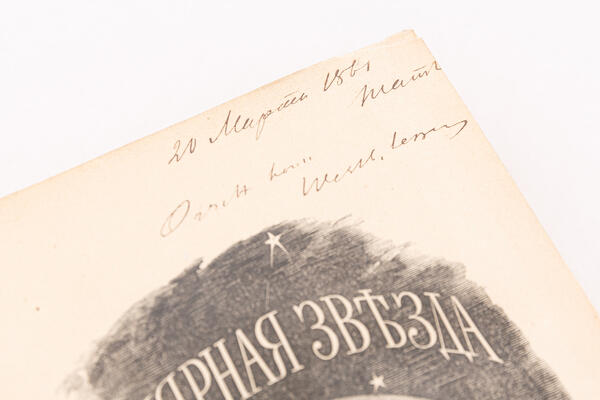After moving to London in 1853, Alexander Herzen established the Free Russian Press publishing house. He planned to publish texts that would be banned in the Russian Empire. In 1855, he started releasing the almanac “The Polar Star” named after the publication created by the Decembrists, Kondraty Ryleyev and Alexander Bestuzhev, in the 1820s. To further his commitment to the memory of the Decembrists, Herzen commissioned the English engraver and writer William Linton to prepare the cover design — the side-face portraits of five executed Decembrists — Ryleyev, Bestuzhev-Ryumin, Muravyov-Apostol, Pestel, and Kakhovsky.
The schematic portraits were stylized as antique medallions. In addition to the title and side-face portraits, the connection to the Decembrist tradition was also indicated through the epigraph “Long Live Reason!”, which is a quote from the 1825 poem “The Bacchic Song” by Alexander Pushkin. The launch of the almanac coincided with the anniversary of the execution of the Decembrists.
Alexander Herzen wrote,







